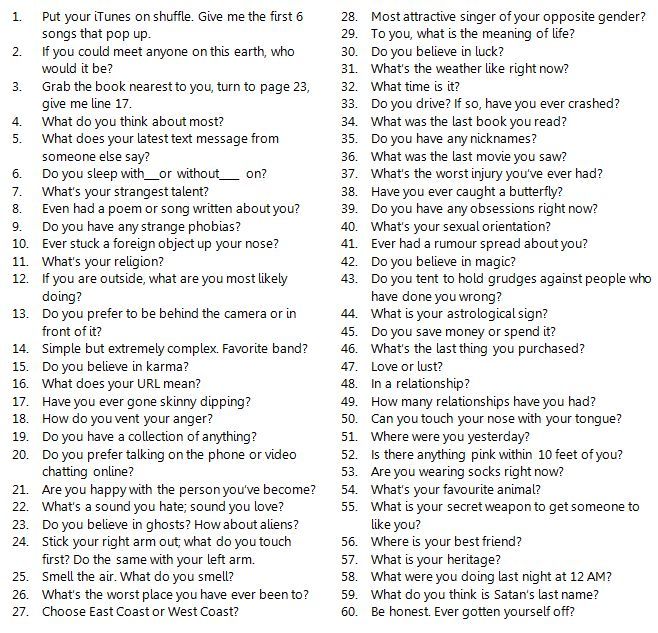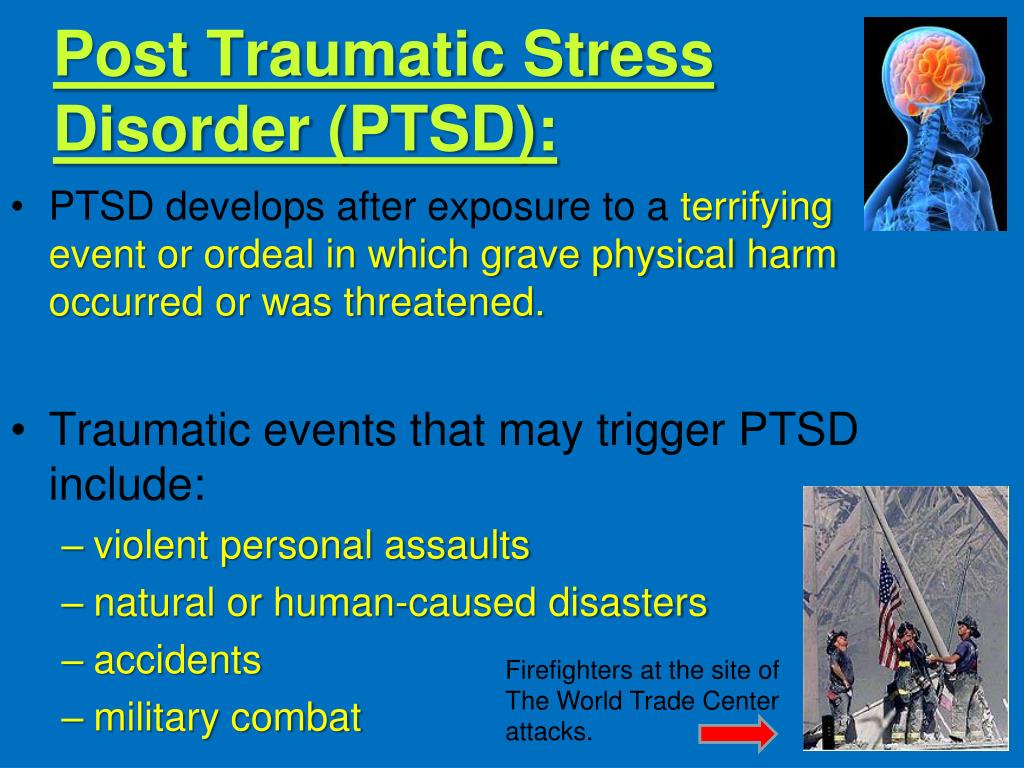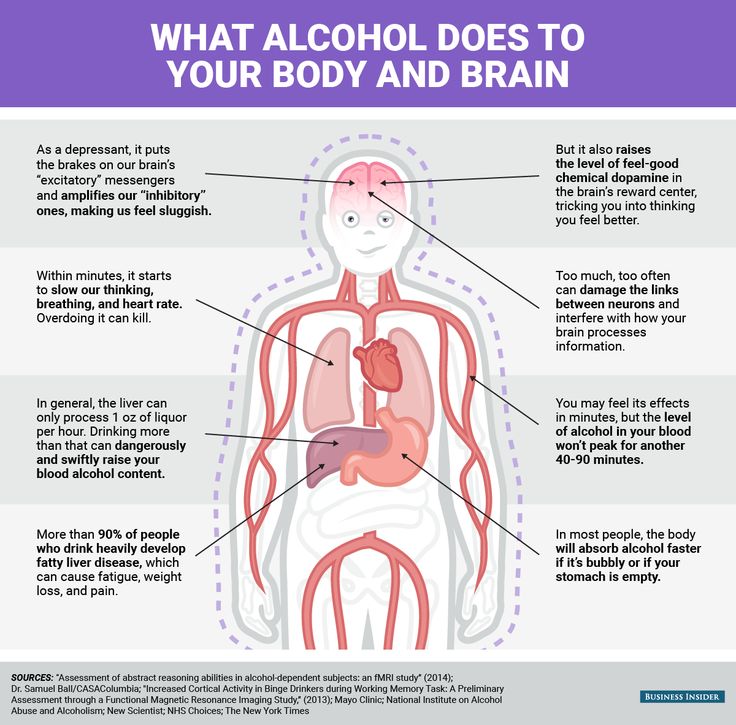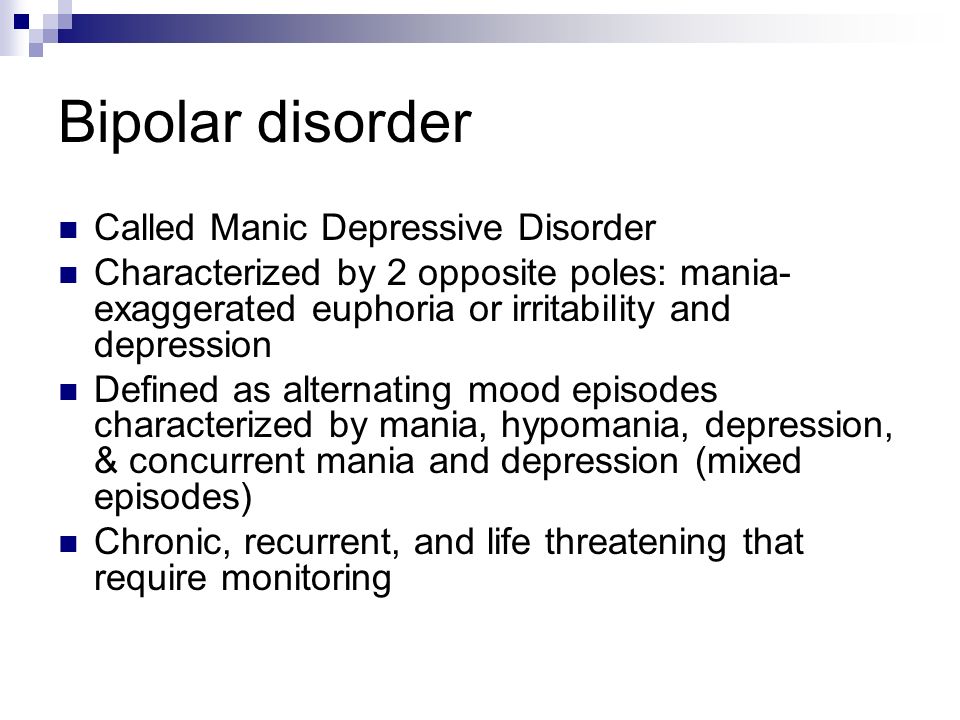Stress inoculation training definition
Stress Inoculation Therapy
Stress Inoculation Therapy (SIT) is a psychotherapy method intended to help patients prepare themselves in advance to handle stressful events successfully and with a minimum of upset. The use of the term "inoculation" in SIT is based on the idea that a therapist is inoculating or preparing patients to become resistant to the effects of stressors in a manner similar to how a vaccination works to make patients resistant to the effects of particular diseases.
Stress Inoculation Therapy is conceptually similar to Relapse Prevention methods used in addictions therapy. In SIT, patients are educated about stressful situations and the general nature of stress, the negative outcomes they may be vulnerable to experiencing when confronted with stress, and steps they can take to avoid those negative outcomes. At the conclusion of stress inoculation efforts, patients should feel like they can anticipate pitfalls that may occur during an event, and have a workable and practical plan in place for helping themselves avoid those pitfalls.
Stress inoculation has three phases:
In the initial conceptualization phase, the therapist educates the patient about the general nature of stress (offering much the same information as contained in the earlier sections of this document), and explains important concepts such as appraisal and cognitive distortion that play a key role in shaping stress reactions. The idea that people often and quite inadvertently make their stress worse through the unconscious operation of bad coping habits is conveyed. Finally, the therapist works to develop a clear understanding of the nature of the stressors the patient is facing.
Explore Your Options Today
A key part of what needs to be communicated in the SIT conceptualization stage is the idea that stressors are creative opportunities and puzzles to be solved, rather than mere obstacles. Patients are helped to differentiate between aspects of their stressors and their stress-induced reactions that are changeable and aspects that cannot change, so that coping efforts can be adjusted accordingly. Acceptance-based coping is appropriate for aspects of situations that cannot be altered, while more active interventions are appropriate for more changeable stressors.
Acceptance-based coping is appropriate for aspects of situations that cannot be altered, while more active interventions are appropriate for more changeable stressors.
The second phase of SIT focuses on skills acquisition and rehearsal. The particular choice of skills taught is important, and must be individually tailored to the needs of individual patients and their particular strengths and vulnerabilities if the procedure is to be effective. A variety of emotion regulation, relaxation, cognitive appraisal, problem-solving, communication and socialization skills may be selected and taught on the basis of the patient's unique needs.
In the final SIT phase, application and follow through, the therapist provides the patient with opportunities to practice coping skills. The patient may be encouraged to use a variety of simulation methods to help increase the realism of coping practice, including visualization exercises, modeling and vicarious learning, role playing of feared or stressful situations, and simple repetitious behavioral practice of coping routines until they become over-learned and easy to act out.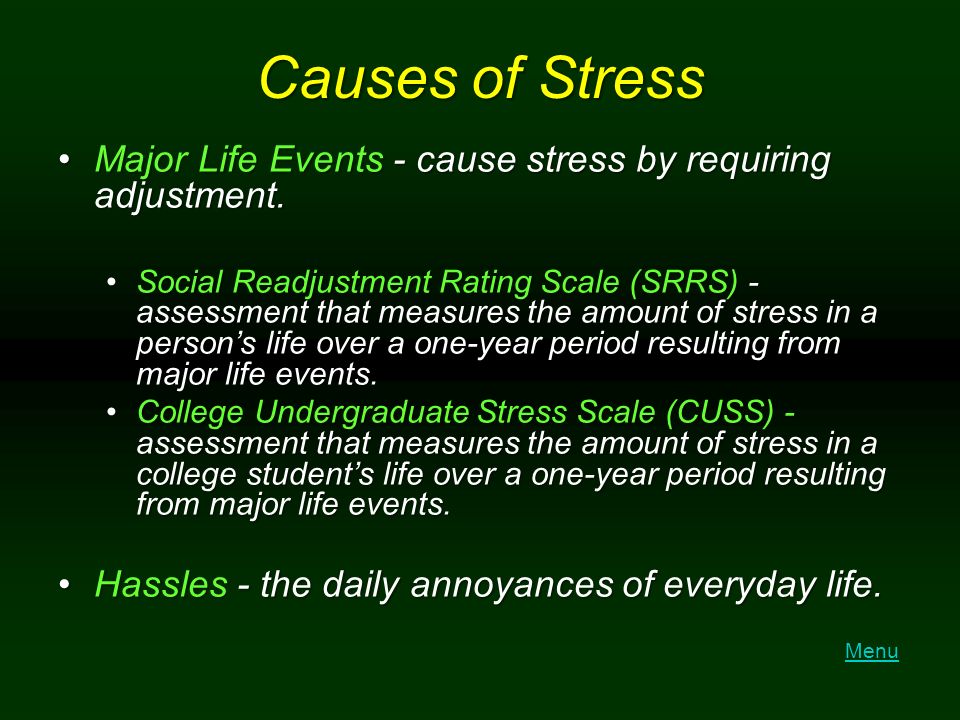
SIT has been conducted with individuals, couples, and groups (both small and large). The length of intervention can be as short as 20 minutes or as long as 40 one hour weekly and biweekly sessions. In most instances, SIT consists of 8 to 15 sessions, plus booster and follow-up sessions, conducted over a 3-to-12-month period.
Stress Inoculation Training for Post-Traumatic Stress Disorder
Diagnosis: Posttraumatic Stress Disorder
Treatment: Stress Inoculation Training for Post-Traumatic Stress Disorder
Brief Summary
Stress Inoculation Training for Post-Traumatic Stress Disorder
Status: Modest Research Support
What does this mean?
Description
Stress Inoculation Training involves teaching coping skills to manage stress and anxiety. This may include training in deep muscle relaxation, cognitive restructuring, breathing exercises, assertiveness skills, thought stopping, role playing, and guided self-dialogue.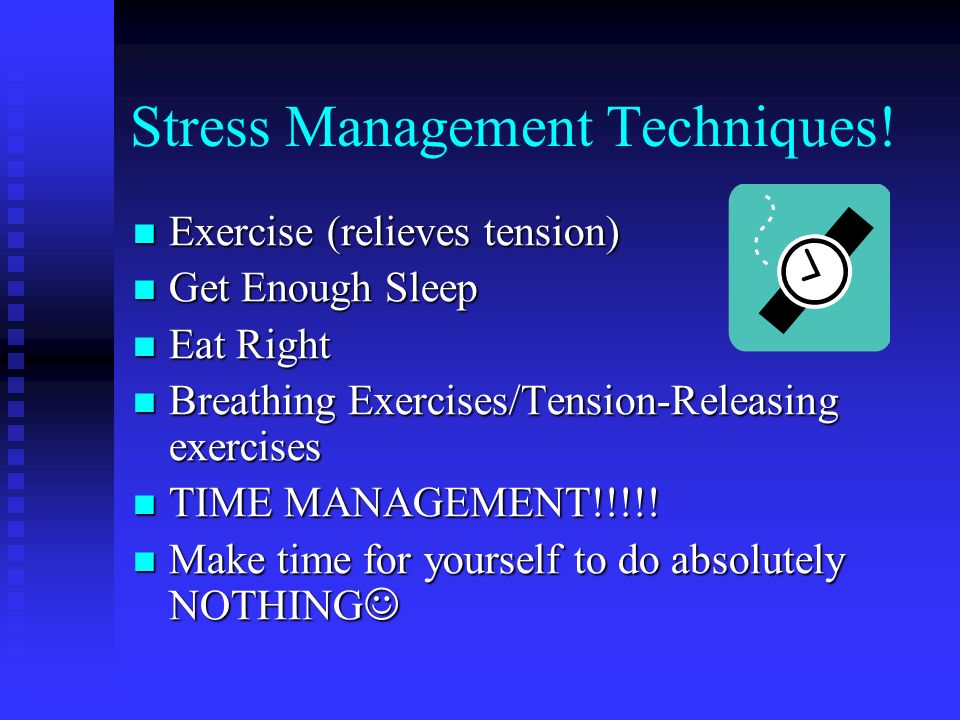 Stress Inoculation Training is often used in conjunction with other therapy techniques, such as cognitive behavioral therapies.
Stress Inoculation Training is often used in conjunction with other therapy techniques, such as cognitive behavioral therapies.
Key References (in reverse chronological order)
Foa, E. B., Dancu, C. V., Hembree, E. A., Jaycox, L. H., Meadows, E. A., & Street, G. P. (1999). A comparison of exposure therapy, stress inoculation training, and their combination for reducing posttraumatic stress disorder in female assault victims. Journal of Consulting and Clinical Psychology, 67, 194-200.
Foa, E.B., Rothbaum, B.O., Riggs, D.,& Murdock, T. (1991). Treatment of post-traumatic stress disorder in rape victims: A comparison between cognitive-behavioral procedures and counseling. Journal of Consulting and Clinical. Psychology, 59, 715-723.
Clinical Resources
Veronen, L. J., & Kilpatrick, D. G. (1983). Stress management for rape victims. In D.Meichenbaum & M. E.Jaremko (Eds.), Stress reduction and prevention (pp. 341-374). New York: Plenum.
Training Opportunities
National Center for PTSD
Educational Division (323EI 12)
Palo Alto VA Medical Center
Palo Alto, CA 94304
Behavioral Science Division (I 16B-2)
Boston VA Medical Center
Boston, MA 02130
Women’s Health Sciences Division (I 16B-3)
Boston VA Medical Center
Boston, MA 02130
National Crime Victims Research and Treatment Center
Department of Psychiatry and Behavioral Sciences
Medical University of South Carolina
171 Ashley Avenue
Charleston, SC 29425
Treatment Resources
Note: The resources provided below are intended to supplement not replace foundational training in mental health treatment and evidence-based practice
Treatment Manuals Training Resources Measures, Handouts and Worksheets Self-help Books Smartphone Apps Video Demonstrations Video Descriptions Clinical Trials Meta-Analyses and Systematic Reviews Other Treatment Resources
MEICHENBAUM STRESS VACCINATION | is.
 .. What is the MEICHENBAUM STRESS VACCINE?
.. What is the MEICHENBAUM STRESS VACCINE? The method was developed by Meichenbaum (Meichenbaum D., 1974, 1977, 1985) as a way to overcome stressful situations of a general nature. The starting point of the method is the self-verbalization of the factors preceding the stressful situation, accompanying it and following it.
The psychotherapeutic process (training in coping with stress) includes several successive phases. In the learning phase, emerging problems are analyzed and didactically identified opportunities to overcome stress. In the training phase, practical training of specific skills to overcome stressful situations is carried out and their training in given and controlled conditions. In the phase of application of skills, learned techniques for coping with stressful situations are used.
The purpose of the learning phase is for the patient to achieve a rational understanding of the nature of the occurrence and how to maintain their response to stress. At the same time, the psychotherapist teaches him specific techniques for overcoming problem situations.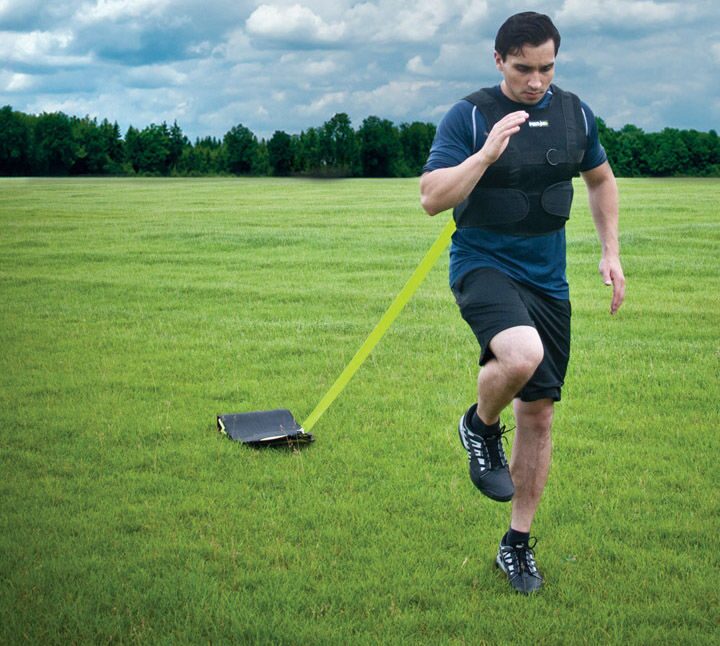 This phase begins with an analysis of the problem, during which the patient's main attention is drawn to what it is necessary to say to himself in a critical situation and what thoughts the person usually has. Meichenbaum (1977) gives various diagnostic methods for identifying behaviors and thoughts in stressful situations: examination of the patient, diagnostic study of behavior, group discussion, situation analysis, homework. Following the functional analysis, the psychotherapist describes the patient's stress response using the model of emotional arousal as an example. According to Meikhenbaum, during an emotional reaction to a stressful situation, along with the physiological component, the stigmatization of arousal, its cognitive component, is of decisive importance for the formation of a particular emotion. The patient's verbalization of his own emotions is the leading link in their cognitive component. And if you manage to change these self-instructions, then there is a change in both the physiological component of emotions and the emotional state as a whole.
This phase begins with an analysis of the problem, during which the patient's main attention is drawn to what it is necessary to say to himself in a critical situation and what thoughts the person usually has. Meichenbaum (1977) gives various diagnostic methods for identifying behaviors and thoughts in stressful situations: examination of the patient, diagnostic study of behavior, group discussion, situation analysis, homework. Following the functional analysis, the psychotherapist describes the patient's stress response using the model of emotional arousal as an example. According to Meikhenbaum, during an emotional reaction to a stressful situation, along with the physiological component, the stigmatization of arousal, its cognitive component, is of decisive importance for the formation of a particular emotion. The patient's verbalization of his own emotions is the leading link in their cognitive component. And if you manage to change these self-instructions, then there is a change in both the physiological component of emotions and the emotional state as a whole.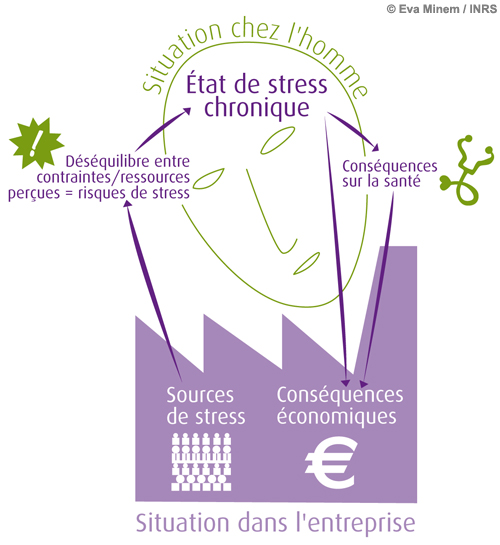 In this phase, the patient must be sensitized to the instructively indicated causes of emerging fear or anxiety in order to recognize the stressful situation, as well as the reaction associated with it, in a timely manner and respond to them in an alternative way.
In this phase, the patient must be sensitized to the instructively indicated causes of emerging fear or anxiety in order to recognize the stressful situation, as well as the reaction associated with it, in a timely manner and respond to them in an alternative way.
In the training phase, the patient is introduced to all known to science range of possibilities with which he can control the state of impending anxiety or fear, as well as control his behavior in a stressful situation. Along with the collection of information about stress, this also includes training in stress relief techniques. Particular importance is attached to cognitive reactions aimed at overcoming stress. The process of cognitive coping with stress can be divided into four stages, each of which is characterized by different stressors and coping options: preparation for the stressor, confrontation with stress, anticipation of impending danger, self-affirmation (self-hypnosis).
At the stage of preparation for the stressor, the patient tries to orient himself, finds out what to do, makes sure that he has the ability to cope with stress, for example: “What should be done immediately, what should I do?”, “You are able to develop a coping strategy!”, “Nervous and it is useless to worry: it will not help the case.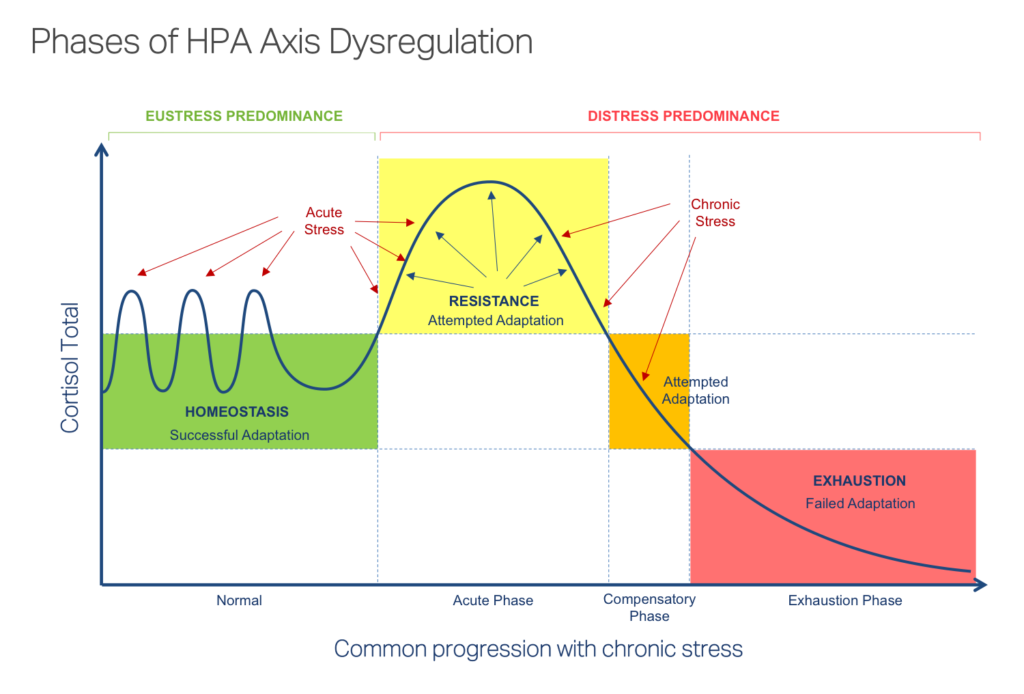 Think about what you can do in this situation.
Think about what you can do in this situation.
At the stage of confrontation with stress, the patient should remember what he should do when faced with a stressful situation: gradually adapt to it, relax, not panic, etc., for example: "You are able to cope with all problems and difficulties!" , "Do one after the other, the situation can be handled!", "Breathe deeply, take a deep breath, everything will be all right, you will be able to take control of the situation!".
At the stage of anticipation of imminent danger, the patient anticipates the onset of real danger and takes measures to prevent panic, for example: “Concentrate on the most important thing!”, “What should I do next?”, “Fear cannot be suppressed, but I know how I should behave "," My anxiety is a signal that I should relax, "" It will pass soon, it has been worse."
During the self-affirmation (or, more accurately, self-suggestion) stage, the patient resorts to self-suggestion, which strengthens his confidence in his own abilities and ability to cope with stress and reinforces the skills of coping behavior, for example: “Hurrah! I did it! It worked out!”, “Every time I train, it becomes easier for me to overcome stress”, “I can be proud of my success in overcoming such situations. ”
”
In the development and assimilation of specific self-verbalizations, the therapist must instruct the patient, but the most effective coping strategies are usually developed by the patient himself. Therefore, the phrases "first aid" in the event of stress should not be formulated rigidly. In this phase of training, small notes (in a wallet, on a matchbox, etc.) can help. The therapist simulates a mild stressful situation in which the patient can practice using self-instructions to cope with the stress. The psychotherapist, together with the patient, decides which situations should be modeled, for example, situations that arise in the process of communicating with others at home, at work and in other social spheres; this also includes the expectation of various kinds of failures, failures, modeling an awkward position in which the patient may find himself. These situations should create an increased burden on the patient's psyche and lead to stress.
In the next phase, the skills learned by the patient are used to cope with stress in situations controlled by the therapist.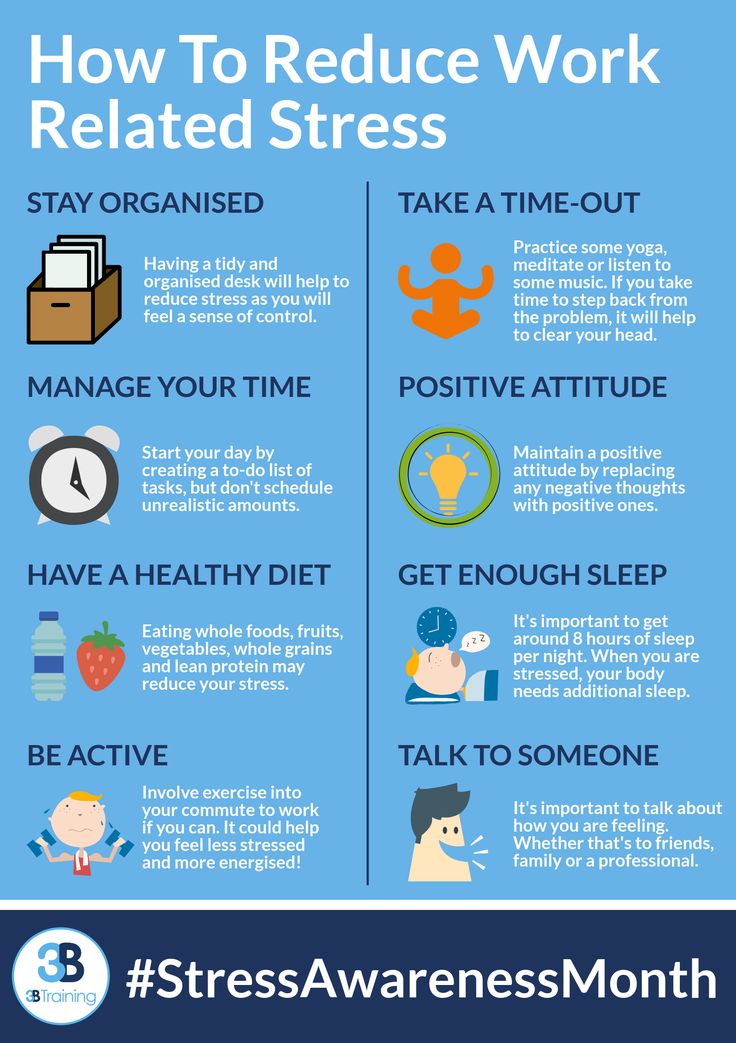 To do this, the patient must either act out (imagine and portray) or “provoke” a stressful (conflict) situation. This phase largely gave the name to the psychotherapeutic method proposed by Meichenbaum, who proceeded from the fact that in this way it is possible to achieve a certain immunizing effect in situations leading to stress with feelings of anxiety and fear. The patient is taught in advance how, depending on the situation, to apply one or another method of overcoming it and how to use various instructive stimuli as "provocateurs" of cognitive reactions of overcoming.
To do this, the patient must either act out (imagine and portray) or “provoke” a stressful (conflict) situation. This phase largely gave the name to the psychotherapeutic method proposed by Meichenbaum, who proceeded from the fact that in this way it is possible to achieve a certain immunizing effect in situations leading to stress with feelings of anxiety and fear. The patient is taught in advance how, depending on the situation, to apply one or another method of overcoming it and how to use various instructive stimuli as "provocateurs" of cognitive reactions of overcoming.
The scientific study and substantiation of the described method made it possible to draw a conclusion, also confirmed by studies in the field of punishments for crimes and offenses: stressful situations to which the individual is “used” cause significantly weaker emotional reactions, since the person who experienced this type of stress managed to develop defense mechanisms against it. The so-called immunizing effect against stressful situations, as well as against situations of anxiety, fear and pain, is achieved due to the fact that the patient is taught in advance how and what intellectual techniques should be used when these situations arise.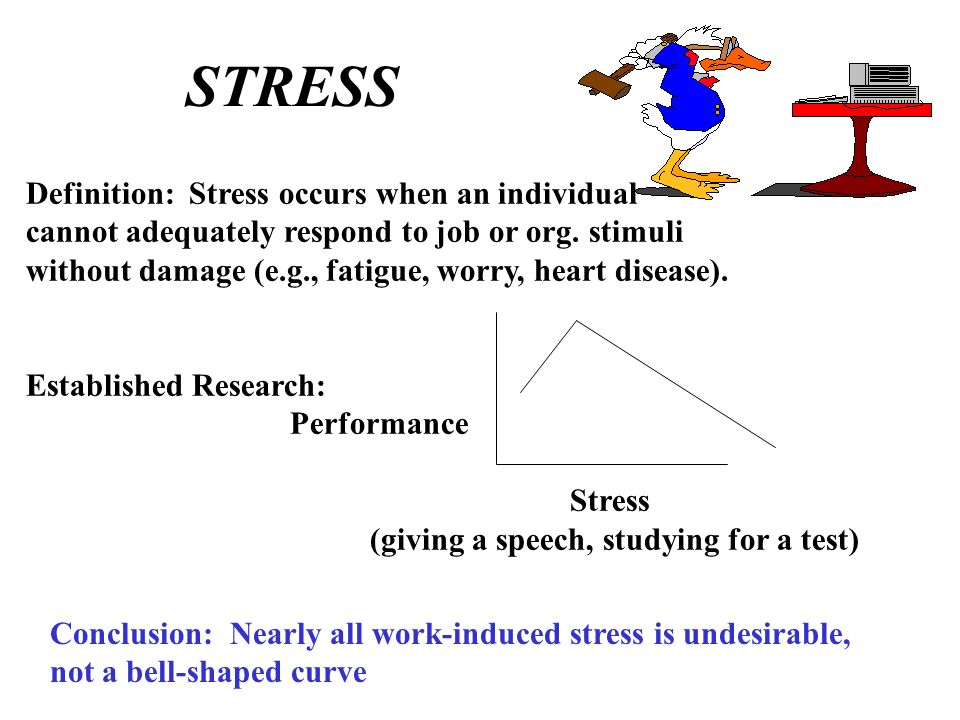 After completing the phases of learning, training and application of skills, the patient is no longer dependent only on external conditions and situations and can use his emotional reactions as instructive stimuli for cognitive coping with stress. The empirical substantiation of the method and training with the help of self-instructions is still in its initial stage, which is quite understandable, given that the Meichenbaum method has been used quite recently.
After completing the phases of learning, training and application of skills, the patient is no longer dependent only on external conditions and situations and can use his emotional reactions as instructive stimuli for cognitive coping with stress. The empirical substantiation of the method and training with the help of self-instructions is still in its initial stage, which is quite understandable, given that the Meichenbaum method has been used quite recently.
See also STRESS AND ITS OVERCOMING (COPING) ACCORDING TO LAZARUS, MEICHENBAUM, PERRE.
How Stress Inoculation Can Help You / Psychology
The Stress Inoculation is a cognitive-behavioral procedure developed by Canadian psychologist Donald Meichenbaum to reduce stress. The Stress Inoculation was originally developed to treat anxiety problems. Currently, stress inoculation training is used for various disorders in which anxiety is present..
Stress vaccination training is not an isolated method, but a general term that refers to the treatment paradigm .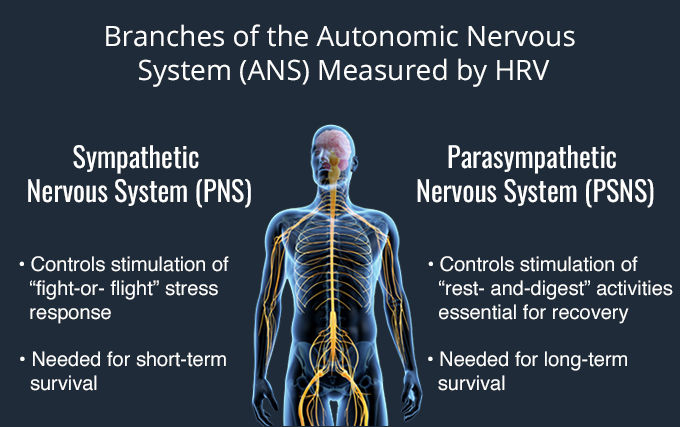 Treatment consists of a "training" plan with specific techniques.
Treatment consists of a "training" plan with specific techniques.
This treatment plan combines various elements. These elements are: didactic learning, Socratic discussion, cognitive restructuring, problem solving and relaxation training, behavioral and imaginary challenges, self-registration, self-learning and self-affirmation.
Stress inoculation training is designed to build and develop stress coping skills. This not only solves current problems, but also relates to future difficulties.
Stress vaccination training is similar to medical vaccination against certain diseases
Stress vaccination training provides people with active protection against potentially stressful situations. And it's in certain aspects it's analogous to the concepts of medical inoculation against certain biological diseases.
Similar to a medical inoculation, Stress inoculation training aims to detect "psychological antibodies" .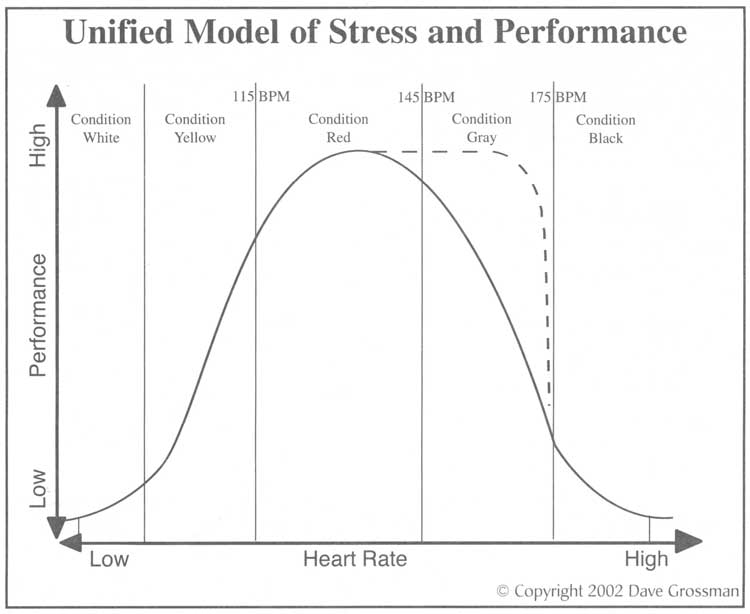 These psychological antibodies refer to individual coping skills.
These psychological antibodies refer to individual coping skills.
So, try increasing the resistance. This is achieved by exposure to stimuli that are strong enough to activate defense mechanisms without being so strong that they override them. Thus, the patient can develop a sense of "learned resources" through his experience . This can also be done with a defense consisting of positive abilities and expectations.
What is the use of stress vaccination?
As Meichenbaum (2009) notes, Stress inoculation training is useful in coping with four categories of stress listed by Eliot and Eisdorfer (1982):
- Limited Time Acute Stressors . These are stressful events that occur at a certain time and have a short duration (for example, punctual medical examinations or a driver's license check).
- Stress sequences . They refer to important specific stressful life events (eg rape, job loss, loss of a loved one.
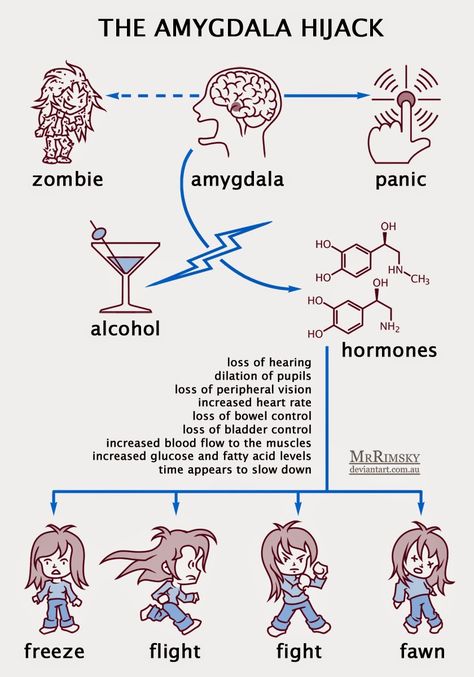 ..)
..) - Chronic intermittent . It is usually caused by repeated exposure to stressful situations (eg exams, medical examinations, military combat...)
- Continued chronic stress . Includes overcoming long-term medical or psychiatric illnesses or long-term affective problems.
More specifically, Stress Inoculation Training is for:
- Educate patients on the nature of stress and coping.
- Teach patients self-control of thoughts, images, feelings, and behaviors. All this in order to facilitate realistic and adaptive interpretations of .
- Educate patients on problem solving.
- Simulate and reproduce real life actions, emotion regulation and self-control skills.
- Teach patients how to use maladaptive responses as signals to implement their reference repertoire.
- Offer imaginary and live rehearsal practices to enhance patients' confidence and use of their coping repertoires.
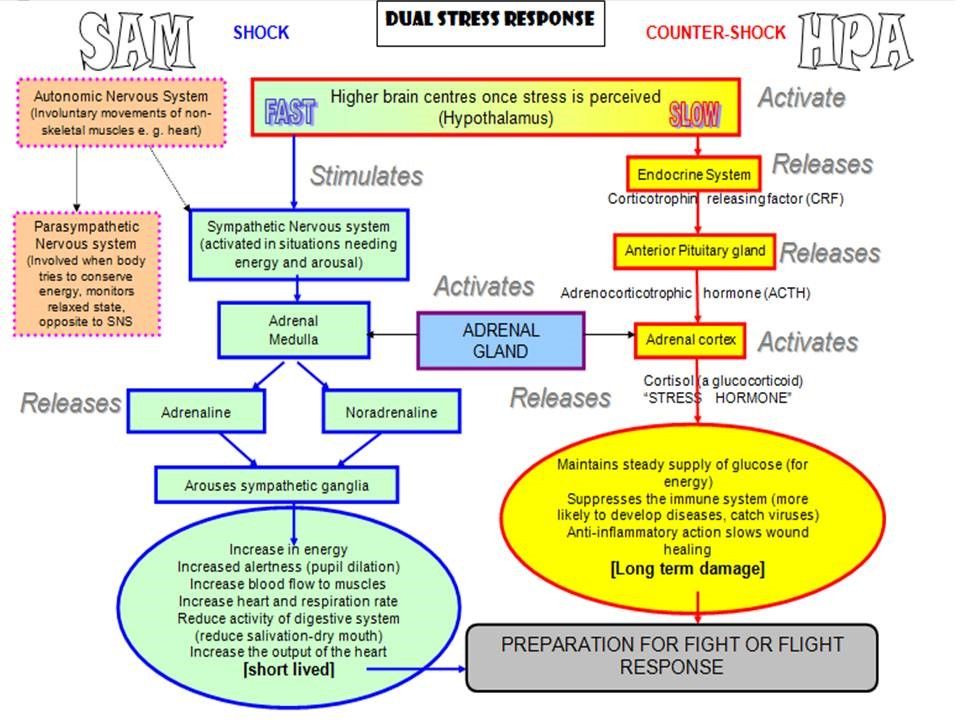
- Help patients acquire sufficient knowledge to provide them with ways to cope with unexpected stressful situations.
Stress targets
The goals of treatment of stress vaccinations are focused on three main areas:
- Promoting adequate self-regulatory activities . This includes reducing or suppressing the intensity of self-verbalization, imagery, and disturbing emotions. It also aims to increase those that are more adaptive.
- Modification of maladaptive behavior and increase or strengthening of adaptive behavior.
- Revision and modification of cognitive structures that contribute to negative assessments of oneself and the world.
Phases of stress inoculation
Three phases can be distinguished in the stress inoculation training which sometimes overlap. These stages are: 1) the conceptualization phase, 2) the acquisition and learning phase, and 3) the application phase of acquired skills.
Conceptualization Stage
The general objectives of this stage are to identify and define the problem that the person represents . It is also designed to help you understand its nature and its effect on your emotions and behavior, as well as to determine the goals of therapy.
This step is very important . The importance given to understanding the problem and how to solve it makes this stage also known as the educational stage. These strategies will allow you to resolve the stressful situations identified during the conceptualization phase..
At this stage, tasks such as train the client to effectively seek, use and maintain social support . Real coping models or videos are also used that comment, discuss and provide feedback on the implementation of the strategies being taught. in real situations, test the usefulness of acquired skills and correct problems that arise in the process of exposure. This step is closely related to the previous one.
